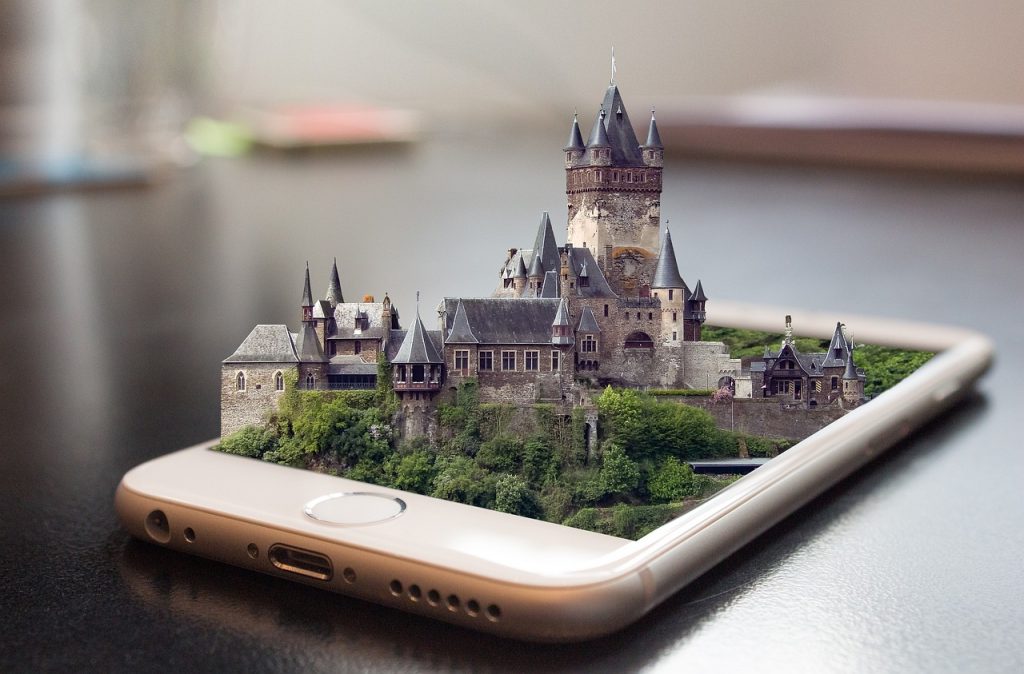Augmented Reality in Museums and Cultural Institutions

GUEST POST from Art Inteligencia
In today’s fast-paced digital age, museums and cultural institutions are increasingly turning to new technologies to enhance the visitor experience and bring history to life. One such technology that has been gaining popularity in recent years is augmented reality (AR). By overlaying digital information on the physical world, AR has the potential to revolutionize the way we interact with and learn from the past.
One of the key advantages of using AR in museums and cultural institutions is its ability to provide a more interactive and immersive experience for visitors. Rather than simply reading about historical artifacts or events, visitors can use AR to see and interact with them in a more dynamic and engaging way. This not only enhances the educational value of the experience but also helps to make history more relatable and relevant to modern audiences.
Case Study 1: Smithsonian Museum
One notable example of a cultural institution successfully implementing AR technology is the Smithsonian National Museum of Natural History in Washington, D.C. The museum recently launched a new AR app that allows visitors to explore virtual exhibits and learn more about the animals and artifacts on display. By using their smartphones or tablets, visitors can access additional information, videos, and interactive displays that complement the physical exhibits in the museum. This has helped to attract a new generation of visitors and make the museum’s collections more accessible and engaging to all.
Case Study 2: British Museum
Another case study that highlights the potential of AR in cultural institutions is the British Museum in London. The museum has embraced AR technology to create interactive experiences that bring ancient artifacts to life. For example, visitors can use the museum’s AR app to see how a mummy would have looked in ancient Egypt or explore a virtual reconstruction of the Parthenon in ancient Greece. By combining historical accuracy with cutting-edge technology, the British Museum has been able to engage visitors of all ages and backgrounds in a way that traditional exhibits alone cannot.
Special Bonus
Braden Kelley once shared with me a fantastic example of using artificial intelligence to enhance the museum experience where a museum created a virtual Salvador Dali using hundreds or thousands of hours of video footage. Here is a video about the project:
Conclusion
Augmented reality has the power to transform the way we experience and learn from history in museums and cultural institutions. By providing a more interactive and immersive experience, AR can help to make history more engaging, relevant, and accessible to audiences of all kinds. As technology continues to evolve, we can expect to see even more innovative uses of AR in the cultural sector, further blurring the lines between the past and the present.
Bottom line: Futurology is not fortune telling. Futurists use a scientific approach to create their deliverables, but a methodology and tools like those in FutureHacking™ can empower anyone to engage in futurology themselves.
Image credit: Pixabay
![]() Sign up here to get Human-Centered Change & Innovation Weekly delivered to your inbox every week.
Sign up here to get Human-Centered Change & Innovation Weekly delivered to your inbox every week.